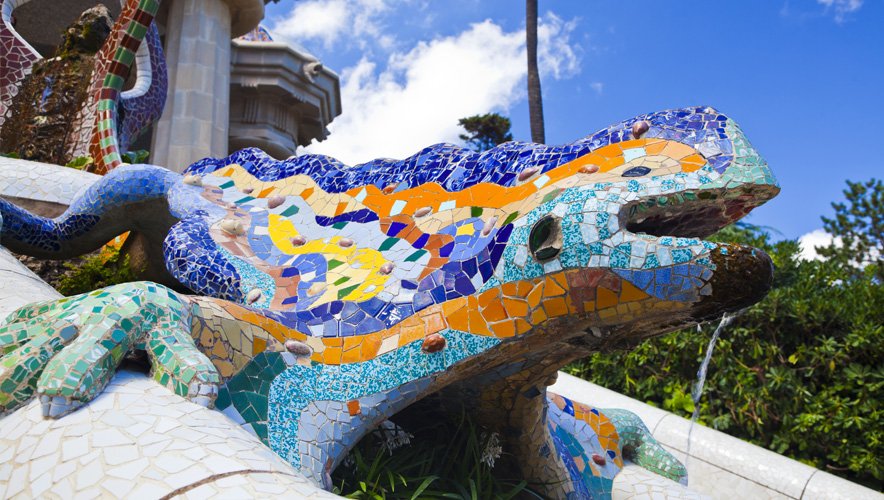Five Ways to Protect Open-Air Art
1. Evaluate risk.
Art objects with high market value are more at risk simply because their monetary value translates into potentially greater rewards for thieves. However, market value alone does not fully establish an object’s risk profile. Thieves have stolen bronze statues on display outdoors to melt them down and convert the scrap metal into cash. Theft for profit is only one component of risk. The ongoing debate regarding U.S. Civil War monuments makes it clear that political motivations to vandalize or destroy open-air objects must also be a factor in risk assessments.
2. Establish rules of etiquette.
People love to take pictures with great artwork. Art objects in open-air environments beg kids of all ages to climb atop them. This might be fine for some objects, but not okay for others. An object may be more fragile than it appears to the viewer. Audience safety is also a factor because some metal objects have rough or sharp edges that could cause injury. Establishing some rules of etiquette to explain expected behavior helps mitigate these issues. These rules should be on the organization’s website, and printed on the visitor guide or map.
3. Anchor objects.
Thieves will arrive with tools and a truck to carry away heavy objects. Hurricane winds might topple your recent acquisition, and a few vandals can do the same with a strong push or two. Anchor your object so it won’t be easily moved.
4. Use the environment.
Posting a guard stand in front of every open-air object or adding surveillance systems is often impractical. Put some distance between the object and the audience. Work with the exhibition team on finding locations that might naturally create a distance between display objects and your audience. For example, place them behind reflecting pools or within flowerbeds. Such creative barriers will help security promote crime prevention through environmental design (CPTED) concepts naturally.
5. Respond appropriately.
Open-air art objects are exposed to the elements, so a storm might do damage, even if the object is anchored appropriately. Accidents can happen during object transport, for example. Fragile objects, such as those made of glass, might be damaged by a strong wind that turns small pebbles into projectiles. Security should have a plan and a team in place to manage the emergency. Security staff should know how to proceed in case the object is damaged.
Robert Carotenuto, CPP, PCI, PSP, is assocaite vice president for security at the New York Botanical Garden.
